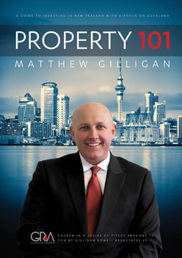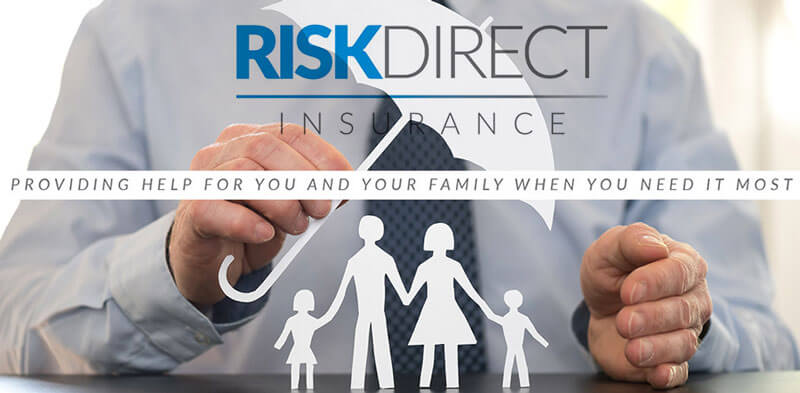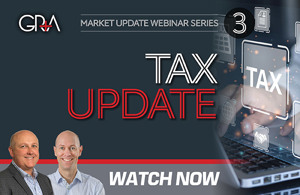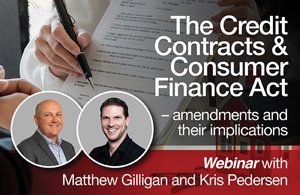
Many of you will be aware that the Government have changed the rules on gift duty, repealing gift duty legislation from 1 October 2011. The effect of this is that IRD will no longer have an interest in gifts made after this date, as the transference of wealth will no longer be subject to gift duty from this point.
The question then raises itself, should people who have a family trust who have been conducting a gifting programme make a lump sum gift to their family trust after this date? The answer to this question is not as obvious as it may seem. From an asset protection perspective clearly one would like to make a lump sum gift to their family trust for creditor protection in the future. If a person has gifted all of their assets to a trust, this means that they no longer have assets and in theory makes it much harder for creditors to get the assets from their family trust. Previous restrictions on gifting having been wiped away from a gift duty perspective would make it seem obvious that lump sum gifts to a trust would be the logical path to take from 1 October 2011.
Significant issue to consider before gifting
One significant issue to consider is your eligibility in the future for the residential care subsidy. The Ministry of Social Development (MSD) administer the asset and income testing rules. In particular, it is the MSD that determine how discretion in relation to adding back past gifting into the asset test is applied. Current policy of the MSD is that all gifts within 5 years of applying for the subsidy are added back, with the exception of an allowance on $6,000 per annum. In other words, if you gift all of your assets to a trust and then 1 year later require rest home care, the gifting will be added back and included in your asset base. The MSD can also reverse gifts outside the 5-year period, but at this point current policy is to only add back any gift in any year exceeding the sum of $27,000.
For example, let us look at an individual who had an outstanding loan balance from their family trust of $500,000 and on 1 October 2011 declared a gift to their trustees for the $500,000 as a one-off gift. While IRD would have no interest in such gift and it would not be taxable under gift duty legislation thereafter abolished, the MSD perhaps 40 years later (or whenever it was that the person making the gift made application for the residential care subsidy on the basis that they had no wealth at that time because all of their assets were contained in trust) would look back and say that on 1 October 2011, the applicant had made a gift in excess of $27,000 and add back $473,000 to the applicant's personal asset base. In other words while the $27,000 gifting threshold is no longer relevant to IRD, it is still highly relevant in relation to your ability to claim aged care subsidy relief in the future. In this case, the $473,000 deemed available to pay rest home fees. On the other hand, the $473,000 would not be available for aged care fees had the person continued to gift at a rate $27,000 per annum. In this instance, each year there would be no gift over $27,000 so no excess to add back.
On the face of it, you may think it is therefore best to continue to gift at a rate of $27,000 per annum. In some cases we would agree with this conclusion. However, it will not be appropriate in all cases. If the assets base is big enough that no amount of annual gifts at $27,000 per annum will see you fall below the asset threshold, then there is little point persisting with gifting at $27,000 per annum. Second, if you are more concerned about creditor protection and having assets outside of your estate (i.e. so they are not subject to a challenge to the will) then you will want to do a one-off gift. Third, if it is going to be many years before eligibility for residential care is an issue, we consider it unlikely that the rules will be the same in, say, 30 years. Following this, it may be an ultimately fruitless exercise to gift at $27,000 for 30 years only to arrive at the end and be subject to a different set of rules.
Solvency at time of gift important to document
The other issue that needs addressing, particularly if you are making a one-off gift to the trust, is solvency. In short, there are provisions under the Insolvency Act (sections 194, 195, 204 and 205) which broadly speaking allow the Official Assignee to set aside certain transactions made by a bankrupt before he or she was adjudicated bankrupt. Largely these provisions apply if gifting occurred within 5 years of bankruptcy at a time the donor was insolvent. Furthermore, there are provisions in sections 344 to 350 of the Property Law Act that allow transactions that prejudice creditors to be clawed back. As a result, you need to be very careful when documenting large gifts to trusts if you want to mitigate the possibility of such gifts being clawed back under either of these statutes in the future.
We consider that best practice is to ensure that your solvency is evidenced at the time that any gift is completed. This means that a solvency statement or certificate should be executed at the time of the gift referring to the fact that the donor is able to meet debts as they fall due. In some cases, this should be a certificate signed off by an independent qualified party such as an accountant. In other cases, it might be a simpler declaration by the donor.
At GRA we will be reviewing the circumstances of all clients that we complete one-off gifts for and making sure that there is evidence of solvency maintained for the file.
Summary
You should not rush into making a one-off gift of assets into a trust post 1 October just because you can. In some cases there will be grounds for completing your gifting programmes as you would have done under gift duty legislation at $27,000 per annum per year, per spouse, to maintain the option of qualifying for the residential care subsidy under current MSD rules. On the other hand, you need to weigh this against creditor protection and estate planning issues.
If you would like to discuss gifting, please contact Gilligan Rowe & Associates LP, on [email protected], +64 9 522-7955 or via our website.

Matthew Gilligan
Managing Director and Property Services Partner
Did you like this article? Subscribe to our newsletter to receive tips, updates and useful information to help you protect your assets and grow your net worth. We're expert accountants providing expert advice to clients in NZ and around the world.
Disclaimer: This article is intended to provide only a summary of the issues associated with the topics covered. It does not purport to be comprehensive nor to provide specific advice. No person should act in reliance on any statement contained within this article without first obtaining specific professional advice. If you require any further information or advice on any matter covered within this article, please contact the author.
Comments
Testimonials
Overall I would rate Property School with a A+. I particularly enjoyed Matthew’s presentation on subdivision. It felt like you really care about your clients. - Ross - October 2015
Gilligan Rowe and Associates is a chartered accounting firm specialising in property, asset planning, legal structures, taxation and compliance.
We help new, small and medium property investors become long-term successful investors through our education programmes and property portfolio planning advice. With our deep knowledge and experience, we have assisted hundreds of clients build wealth through property investment.
Learn More







































